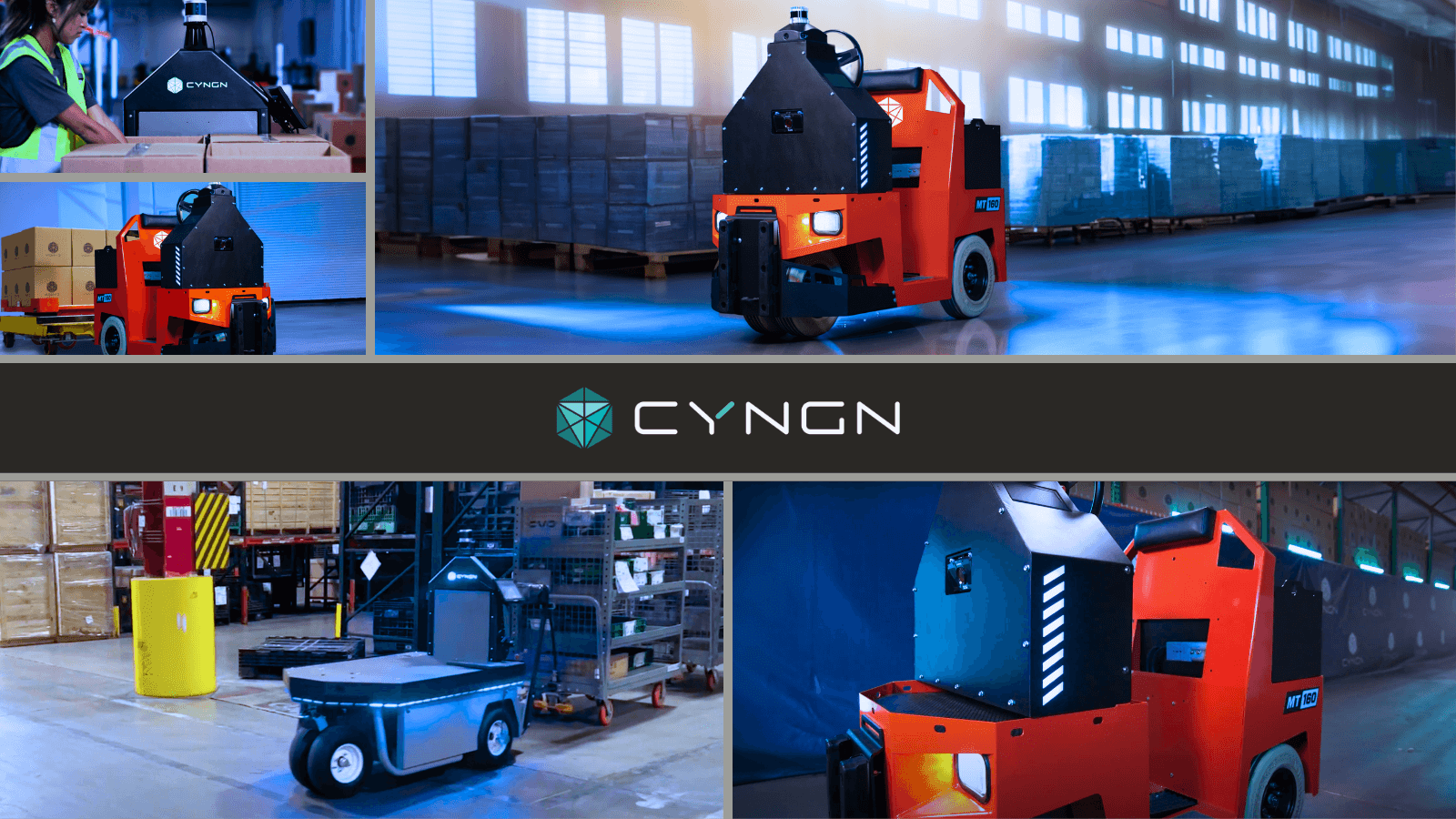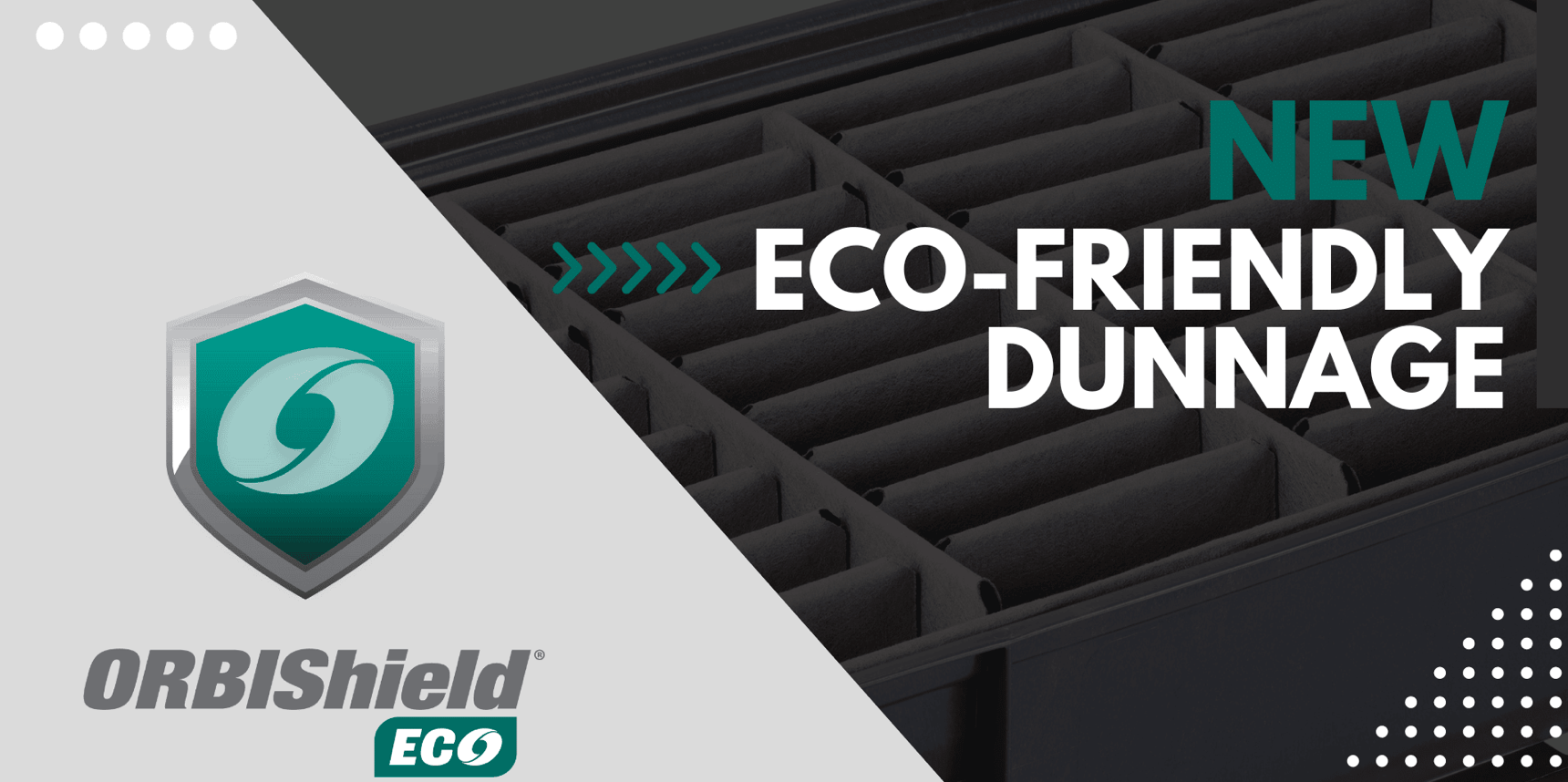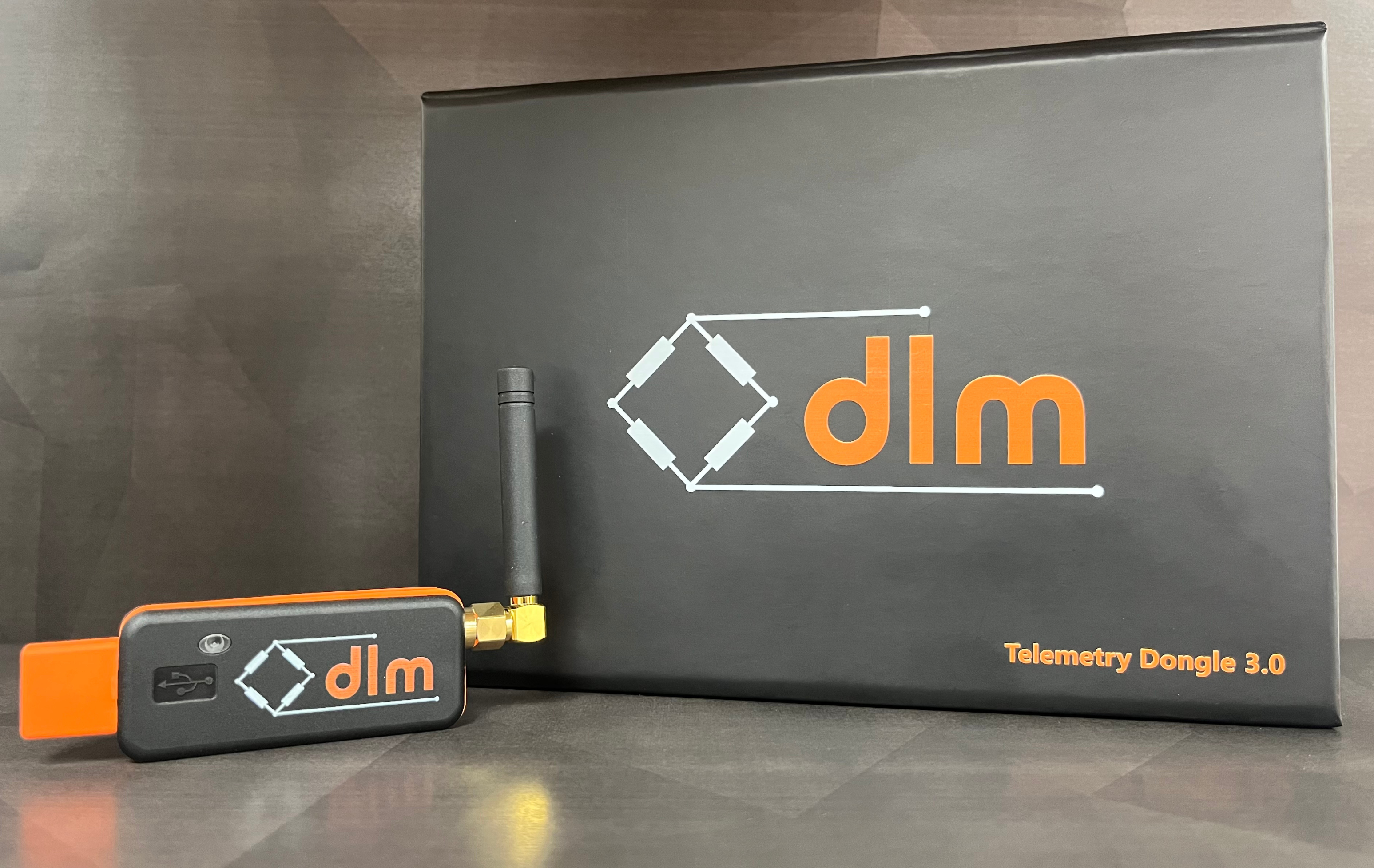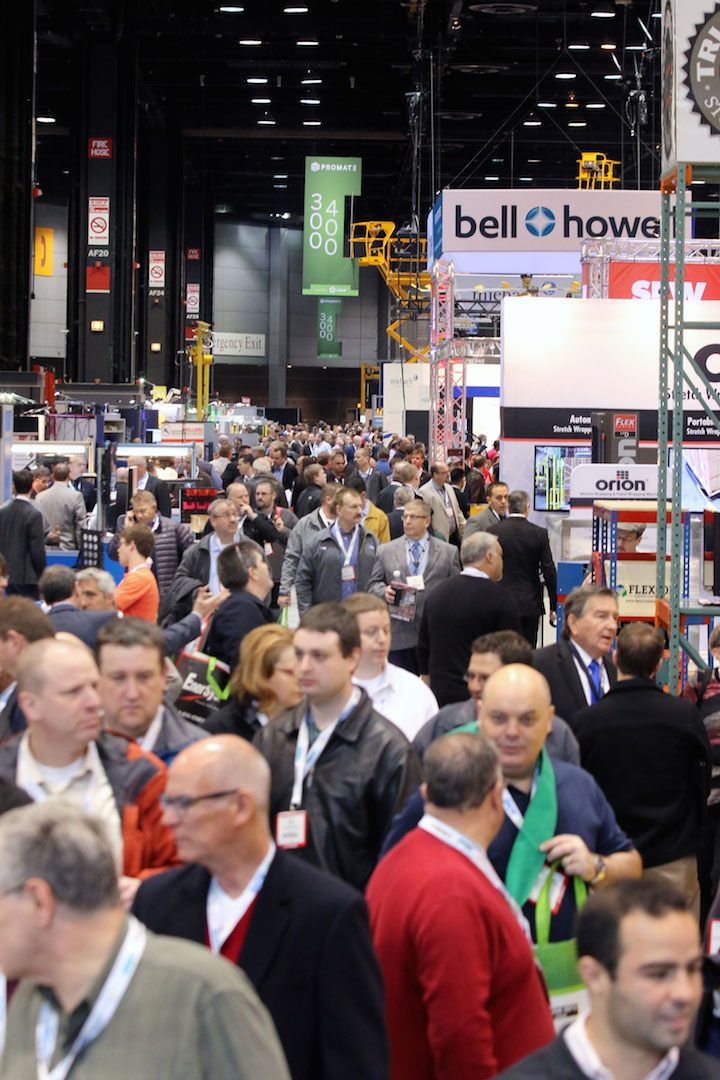CP&A Joins Panelists at AAPA Event
Casper, Phillips & Associates Inc. (CP&A) was represented on a panel that took questions from an American Association of Port Authorities (AAPA) delegation recently.
CP&A’s past president, Rich W. Phillips, a structural engineer, was among panelists that explored ‘Engineering solutions to your container handling equipment obstacles’ at the Facilities Engineering Seminar & Expo, which took place in Savannah, Georgia.
Phillips was joined by Paul Harkness, director of crane maintenance and repair, Georgia Ports Authority (GPA); and Simo Mustalammi, a director in ship-to-shore (STS) cranes, Konecranes. The 90-minute session was moderated by Chris Novack, senior director of engineering and facilities maintenance, GPA and chairman on the AAPA facilities engineering committee.
The panel, which took place on the opening day of the three-day event, discussed current trends and technology solutions to container handling equipment problems, such as enhancements to help with concerns of higher cranes; when you should upgrade versus buying a newer crane; how to plan for obsolescence; how to keep it running after a purchase, including how to keep it running without support from the OEM; and how to estimate total cost of ownership.
CP&A, remember, offers a wide variety of services, including procurement, specification, design, manufacturing review, modification, and accident investigation.
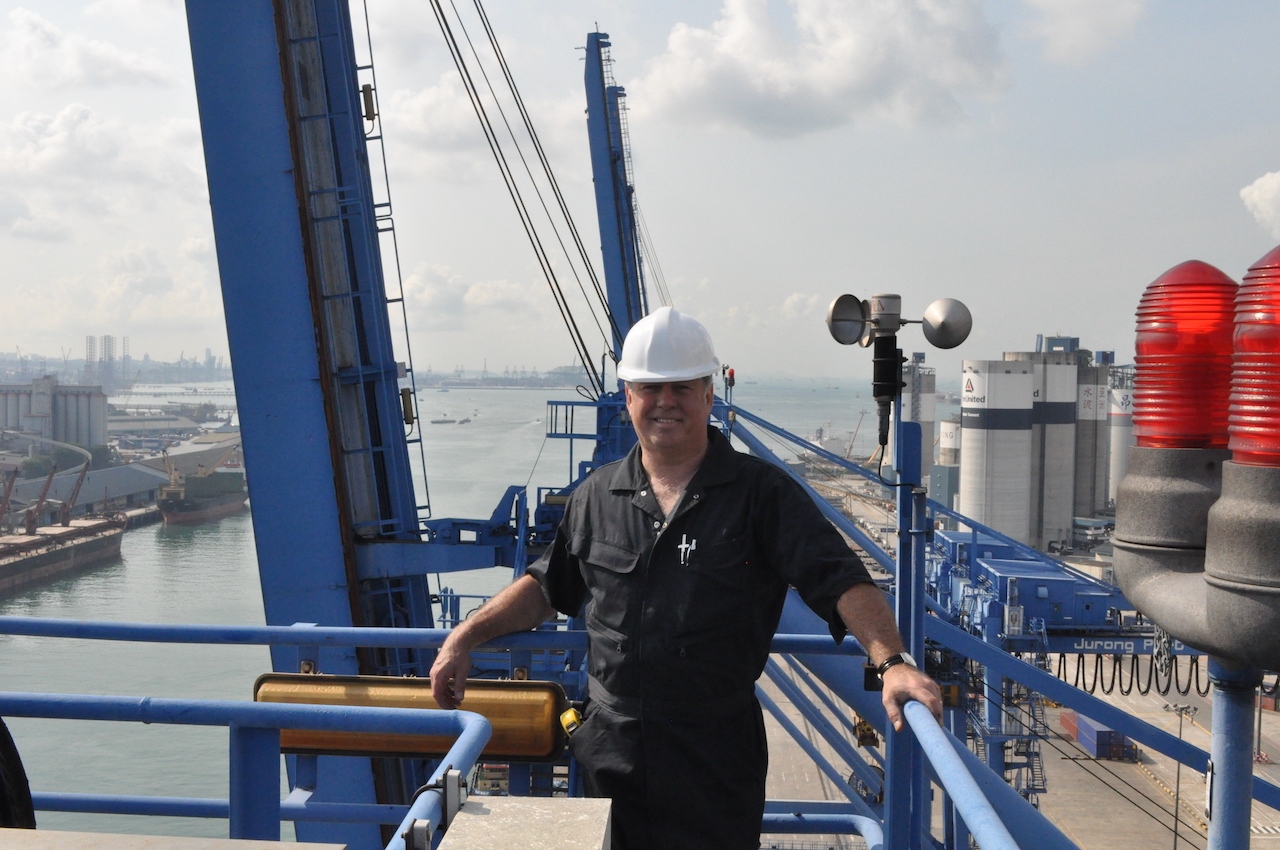
Industry stalwart: CP&A’s past president Rich W. Phillips on a container crane.
Thought leaders
Phillips said: “Participation in such events makes sure that we continue to be recognized by relevant stakeholders as thought leaders and influencers in our field. We took questions on the evolution of cranes; maintenance challenges; how to determine crane sizes; and crane simulators — all subjects that we consider ourselves an authority on, or at least an authoritative voice. We don’t expect to walk off the stage [at these events] and be presented with an abundance of leads—that’s not why we do it — our hope is that these discussions will open the eyes of ports to help them plan better and be proactive, rather than simply reacting when something goes wrong.”
Attendees were also keen to seek panelists’ advice on the skills of crane operators and how they find themselves at the controls of STS cranes; the number of partners, contracts, and people it takes to build and deliver an STS crane from issuance of a purchase order to commissioning at a port; when to perform upgrades to a crane; and many more subjects besides.
CP&A regularly attends important port industry conferences such as AAPA expos. CP&A delivered a paper on (now Dellner) Bubenzer’s brake only snag system (or BOSS) at two TOC conferences in Charleston, South Carolina, U.S.; and Singapore. As CP&A presented in each instance, the BOSS product was developed based on experience with a previous system that had been installed in more than 200 container cranes worldwide. Conventional hydraulic anti-snag systems have only one fixed tripping point (pressure relief valve), Phillips said. BOSS, meanwhile, works with variable tripping points (each corner individually), depending on the actual corner load and hoisting speed.
- AAPA is the unified voice of the seaport industry in the Americas, representing more than 130 public port authorities in the U.S., Canada, the Caribbean and Latin America. It continues to promote the common interests of the port community, and provides critical industry leadership on security, trade, transportation, infrastructure, environmental, and other issues related to port development and operations.




